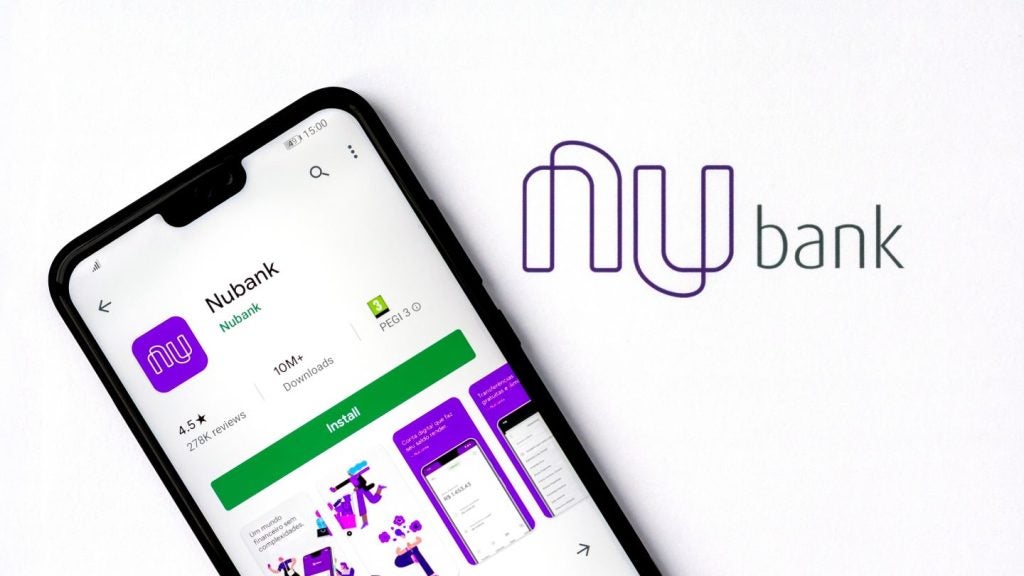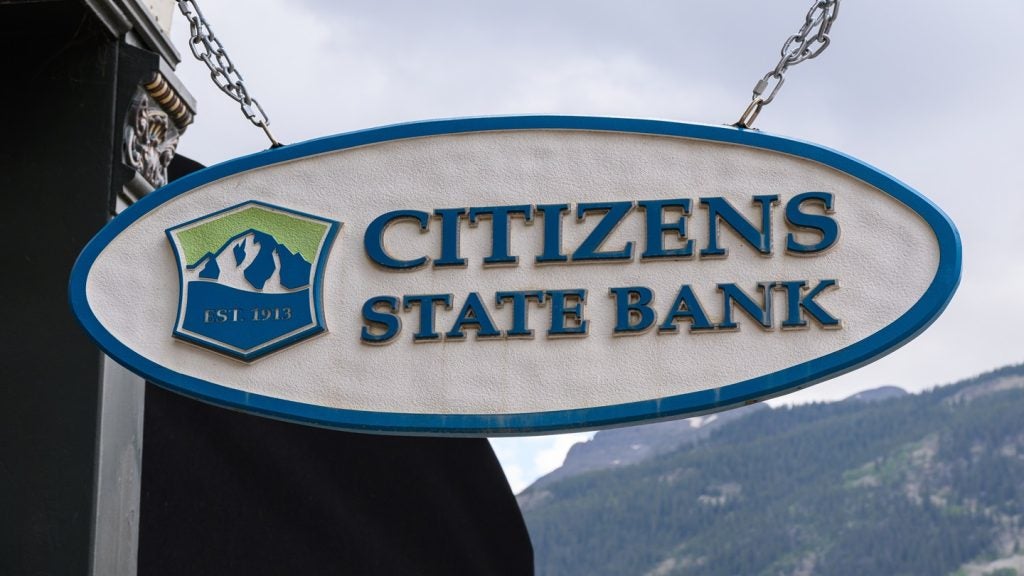Building a ‘winning’ retail bank demands
investment in three core areas: maximising the benefits of the
branch channel, core modernisation technology and mobile money.
These are the key conclusions from a new report from
VRL, examining strategies of 10 successful retail
banks from around the globe
With long-term vision and commitment from
senior management and an environment that fosters innovation, any
retail bank can outsmart and outperform their competitors.
These are the key conclusions from a report in
which VRL’s editorial team has selected 10 retail banks from around
the world that have beaten their competitors during and since the
financial crisis.
Interviews with top executives, case studies
and data analysis of these international ‘banking trailblazers’
unlock the winning processes that have enabled them to outperform
their peers in branch banking, mobile money development; customer
service innovation and IT process improvement.
The winning banks are drawn from all corners
of the globe and include banking titans alongside lesser-known
players.

US Tariffs are shifting - will you react or anticipate?
Don’t let policy changes catch you off guard. Stay proactive with real-time data and expert analysis.
By GlobalDataThey are:
- Royal Bank of Canada
- Commonwealth Bank of Australia
- Singapore’s OCBC Bank
- Pan-African banking group Ecobank
Transnational - Turkey’s Garanti Bank
- Brazilian banks Itaú-Unibanco and
Bradesco - Standard Chartered
- South Africa’s Absa Bank and
- Ceská sporitelna in the Czech Republic.
The single most important attribute that
unites winning banks is the expansion of branch banking, because
they recognise the branch is the foundation of the customer
experience, and when they get this right, they can start to achieve
operational excellence and grow market share.
Winning banks have consistently invested in
their branch network’s physical infrastructure to improve the
branch experience.
This in turn builds a strong distribution
network, brand and operational platform for a financial
institution.
Core modernisation technology comes in second
place and this requires considerable investment. For example,
Commonwealth Bank of Australia invested A$1.1bn ($1.18bn) in its
new core banking platform.
Core modernisation technology delivers
efficiencies. CBA expects cost savings by the end of this financial
year because of its investment.
The world’s winning retail banks have also
harnessed innovation in contactless payments and targeted the
mobile channel as a battle point between them and their
competitors.
Keeping things simple
Simplicity is key when it comes to offering a
new mobile banking offering. For example, Absa has recognised this
by offering four functions only: balance enquiry, a ministatement,
prepaid airtime purchase and loan applications.
Christo Vrey, head of digital banking services
at Absa Bank, who is interviewed in the report, says: “When a
customer experiences mobile banking for the first time there is a
definite ‘wow moment’ when people can see what they can do with
it.
“If you do not create that wow moment, you
will not necessarily be successful with mobile banking.
“In addition, if you do not have executive
buy-in within the organisation, you will struggle to really be
experimental with mobile banking.
“You have to have patience because you will
probably find that the first year will not deliver the wild results
that you were hoping for. It is a long-term investment.”
The 10 banks in this report have been chosen
because they have consistently grown retail banking market share
and increased revenue from 2008 to 2011 by delivering innovative
branch, mobile money and payments offerings.
In reality, though, the foundation of their
success was often laid years before and this is also acknowledged
because for any retail bank to be a ‘winner’, it must execute a
clear and consistent strategy.
For example, Peter Sands, group chief
executive of Standard Chartered, has attributed the continued
success of Standard Chartered to the clarity and consistency of its
strategy, its discipline and an “unwavering commitment” to a
distinctive culture and values.
Other essential ingredients include a clear
commitment to an investment in training, effective segmentation and
a determination to service the needs of the world’s growing
emerging affluent population.
Make it a people business
This report underlines how the world’s
‘premier league’ retail banks focus relentlessly on improving
productivity and innovation.
For example, since 2003, OCBC Bank has
executed 69 cross-functional process improvement projects to
deliver operational efficiencies and enhanced customer experience,
with estimated margin improvements of S$185 ($147).
Nevertheless, retail banking is a people
business and the 10 retail banks have all been highly successful at
improving the customer experience.
The same banks have also been very effective
at training, motivating and rewarding their staff, as without this
a bank will never become a market leader and win the trust and
confidence of its customers.
Dave McKay, group head of Canadian banking at
Royal Bank of Canada, says:
“The more freedom you give employees to
create, the more loyal they will be. Success breeds success.”
Enough has been written about the abysmal
state of many international banking markets. Instead, this report
proves there are trailblazers succeeding in the global retail
banking industry. It aims to serve as a vital tool for the retail
financial services sector.
This article is an edited passage from the
VRL report Winning Strategies in Retail Banking. For more
information on this or other VRL reports, call +44(0)20 76554 or
email info@vrlfinancialnews.com







